KUALA NERUS, April 28 — The Quran manuscripts from Terengganu, said to be between 100 and 200 years old, is known to be the most beautiful in Southeast Asia because of the elaborate and intricate carvings.
The manuscripts are kept at the Terengganu State Museum for display, but visitors are not allowed to touch them for fear of affecting their condition.
However, the Sultan Mahmud Islamic Centre of Universiti Malaysia Terengganu has taken the initiative to digitise the six of the Quran manuscripts by using the ‘Augmented Reality’ (AR) technology.
Sultan Mahmud Islamic Centre director Dr Riswadi Azmi said the digitised copies of the manuscripts can now be viewed at the Cultural Heritage Digital Gallery, which was set up in December last year with the assistance of Ericsson, a telecommunication company from Sweden.
He said visitors, as well as researchers, were now able to view closely each sheet of the digitised copies of the manuscriptsof the Quran as if looking at the real ones.
“The process of digitising the Quran manuscripts is done through the Terengganu Cultural Heritage application developed by UMT as part of an effort to attract the young people to better appreciate the valuable treasure.
“The digitisation process through AR technology allows every detail of the Quran manuscripts to be seen clearly, including the colours and decorative patterns, as well as the calligraphy of the holy Quranic verses,” he said when met by Bernama at the Digital Cultural Heritage Gallery of the Sultan Mahmud Islamic Center at UMT here.
Riswadi said he hoped that one day the digital gallery would be able to collect and digitise all the Terengganu Quran manuscripts which are now located throughout Southeast Asia.
He said based on records, there are 27 Terengganu Quran manuscripts, with eight of them kept by the Terengganu State Museum.
Seven other manuscripts are with other museums in the country, eight manuscripts are in Indonesia, Singapore and Thailand; while the remaining four manuscripts are owned by individuals, he added.
On how the Quran manuscripts were produced, Riswadi, said there were 11 sultanates in Southeast Asia that produced the sacred manuscripts, including Terengganu, Sumatra, Sumbawa and Aceh.
The Quran manuscripts were produced for the purpose of study and also for use during coronation of the sultan, he said, adding that the Terengganu Sultanate produced the Quran manuscripts between 1800 and 1900.
He said the Terengganu Quran manuscripts were unique, with the decoration on the pages painted delicately and beautifully, and illuminated with gold powder.
The use of pure gold also proved the lofty status of the Quran given by the Terengganu Sultanate, he said, adding that apart from the gold illumination, the ingredients used to produce the colours are believed to be from high quality plants that the colours remain until today.
“For example, the red colour is produced from the senduduk tree, yellow is from turmeric and green is produced from pandan leaves.
“In fact, our study found that the age of the plants used to produce the colours also plays an important role in ensuring that the colours stay,” he said.
Apart from that, Riswadi said the calligraphy writings in the Terengganu Quran manuscripts were also produced very carefully and believed to be one of the most beautiful Quran writings in Southeast Asia.
“This shows that there were calligraphy writers among the Terengganu community at that time who were very skilled and artistic because we know that writing the Quran is not an easy job.
“There is not a single error in every letter and verse in the Terengganu Quran manuscript starting from surah al-Fatihah to surah an-Nas,” he added.
Source: BERNAMA

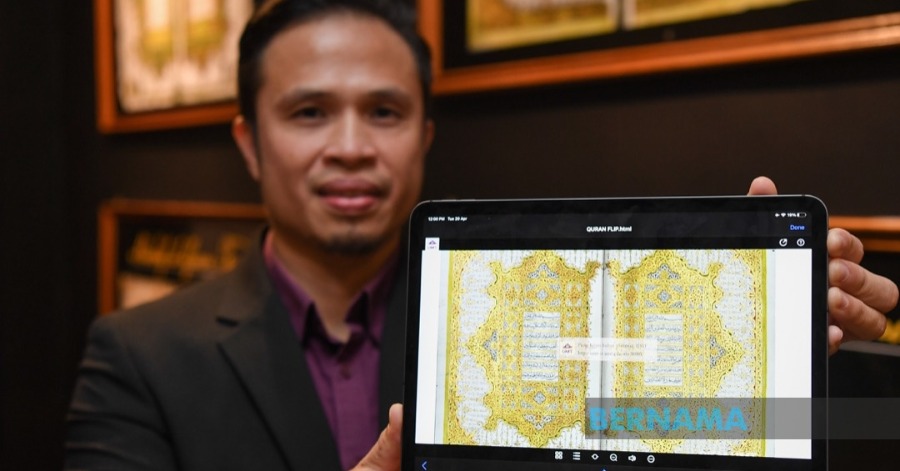


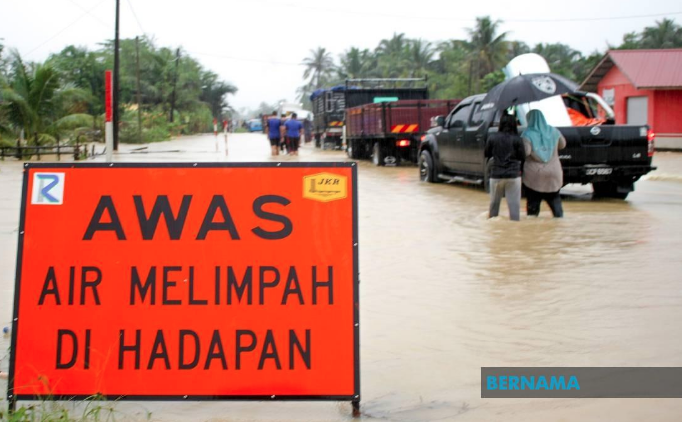
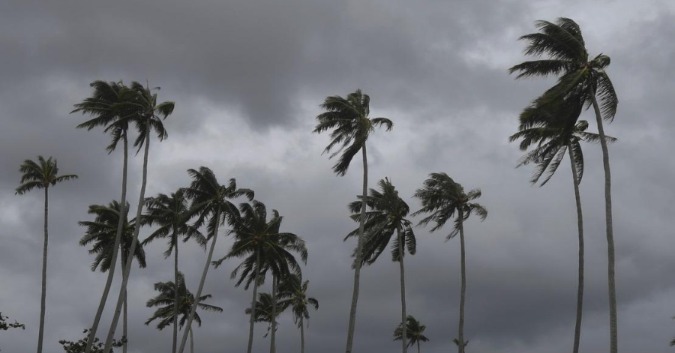
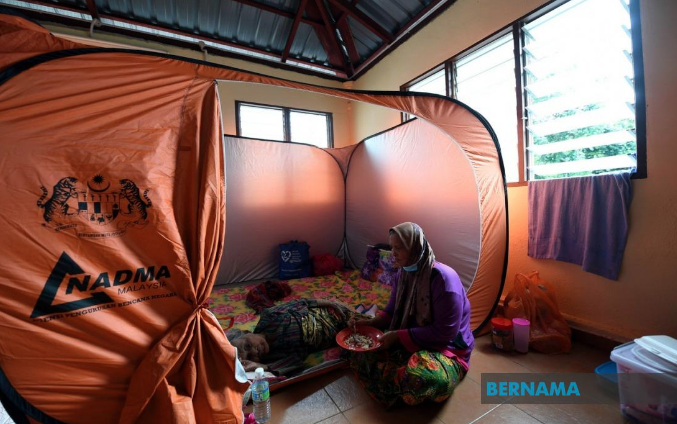

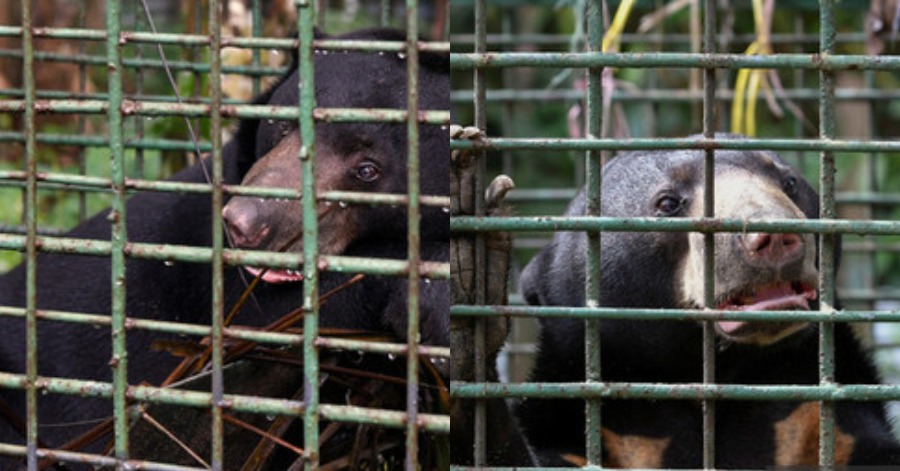
Leave a Comment